 |
| Autumn foliage near Trent Manor |
 |
| The garden of Trent Manor from Charles's room |
 |
| Col. Francis Wyndham from The Flight of the King |
 |
| John Coventry's House, Salisbury from The Flight of the King |
 |
| Interior of the King's Arms, Salisbury from The Flight of the King |
Wilmot asked Phelips “whether he could help a gentleman in distress out of the kingdome.” Phelips was a little cold, and soon it came out that he had heard that Wilmot had been too friendly with the Earl of Argyll’s faction, to the detriment of the king. At this, Wilmot told Phelips that not only was that not true, but that it was the king who needed his assistance. Phelips was astonished, and dismayed at the difficulty of finding a way to get Charles to safety, but agreed to do whatever he could.
When Coventry returned and asked, “Well, gentlemen, are you
agreed?” they said they were. Before
parting, the three men shared a bottle or two of wine, and Wilmot regaled them
with the story of what had happened at Worcester and since then. Wilmot sent Henry Peters back to Trent to
report to the king “this joyful message … that he doubted not … to be able in
some short time to effect his desires.”
The next day, September 26, Phelips went to Southampton to
speak to a merchant named Horne who he thought could be of assistance, but didn’t
manage to connect with him until the next day.
Phelips told Horne he needed a ship to take him and a friend or two to
France. Horne, no doubt understanding
that whatever was going on needed to be handled discreetly, said he knew a
captain who was “soe honest a fellow that I would trust ten thousand lives, if
I were master of as many, in his hands,” and that he would speak to him. Phelips instructed him, “Doe not only speake
with him but come to some agreement with him.” Horne replied, “I will, and
because I would not have you appear soe much in the towne I will bring him to
you to morrow by 3 of the clock in the afternoon to Redbridge.” When they met the next day, the master of the ship agreed to carry some passengers to France for forty pounds. Phelips gave him twenty pounds to provision his boat and hire his crew, and the master promised that his vessel would be at anchor between Southampton and Calshot Castle by the following Wednesday, October 1.
Meanwhile, Wyndham had also enlisted the help of his
neighbor, Captain Thomas Littleton, and Littleton had gone off to Hampshire to
see if he could find a ship for the king. He spoke to a Mr. Standish, who
introduced him to a ship captain who agreed to take Lord Wilmot and some
friends away from England. But when Colonel
Phelips’s brother Edward Phelips arrived at Trent with the news that his
brother had hired a boat at Southampton, Littleton’s efforts were put on hold.
Since plans seemed to be moving along well, Charles’s
friends wanted him close at hand. They
thought he could safely hide at Heale House, about three miles from
Salisbury. This was the home of
Mary Hyde, the widow of a cousin of Charles’s chancellor, and “a
worthy discreet loyall lady.” |
| The King's Arms, Salisbury from The Flight of the King |
On October 1, Coventry’s chaplain John Sellick arrived at
Trent with a letter for Charles, informing him of the latest developments. “In answer to which the king wrote back, that
he desired all diligence might be used in providing a vessel, and if it should
prove difficult at Hampton; trial should be made farther; that they should be
ascertained of a ship before they sent to remove him, so that he might run no
more hazards than what of necessity he must meet with in his passage from Trent
to the place of his transportation.”
 |
| Ancient outbuildings at Trent Manor |
 |
| Humphrey Henchman painted by Sir Peter Lely |
These gentleman now decided to extend their efforts
eastward, and to see if they could hire a boat on the Sussex coast. Both Phelips and Henchman knew a Colonel George
Gounter, who lived at Racton, near Chichester.
Gounter was married to Katherine Hyde, a first cousin of Charles’s
chancellor and sister-in-law to the Mrs. Hyde at Heale House. So Katherine’s nephew Lawrence Hyde of Hinton
Daubnay in Hampshire was sent to Gounter with a letter asking for his help.
When Wilmot arrived at Lawrence Hyde’s house he encountered Captain
Thomas Gounter, a cousin of Colonel George Gunther, who took him to meet George
Gounther at Racton.
 |
| Charles's chancellor Edward Hyde about 1648-55 |




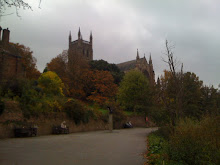
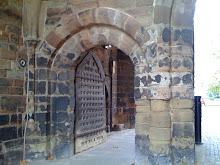



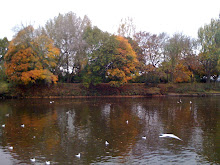
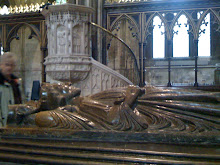
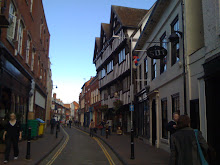

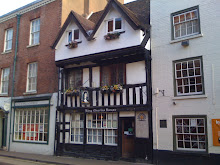
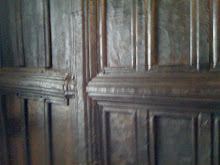
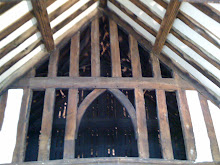





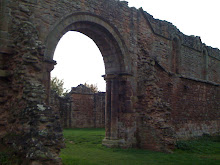




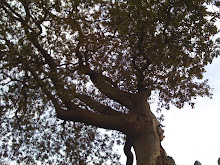



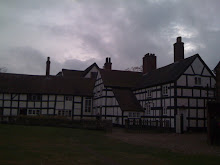

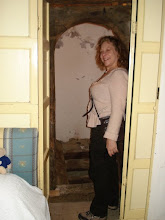
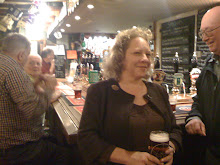
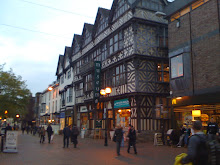
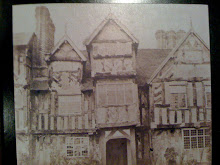


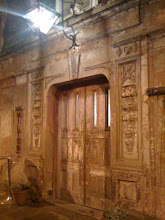
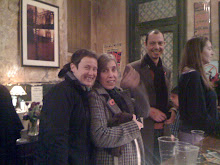


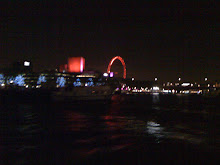

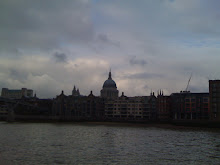
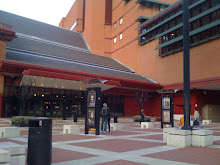

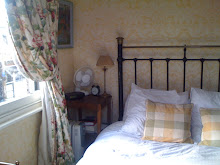






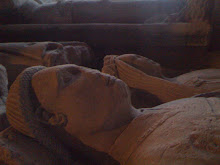
No comments:
Post a Comment